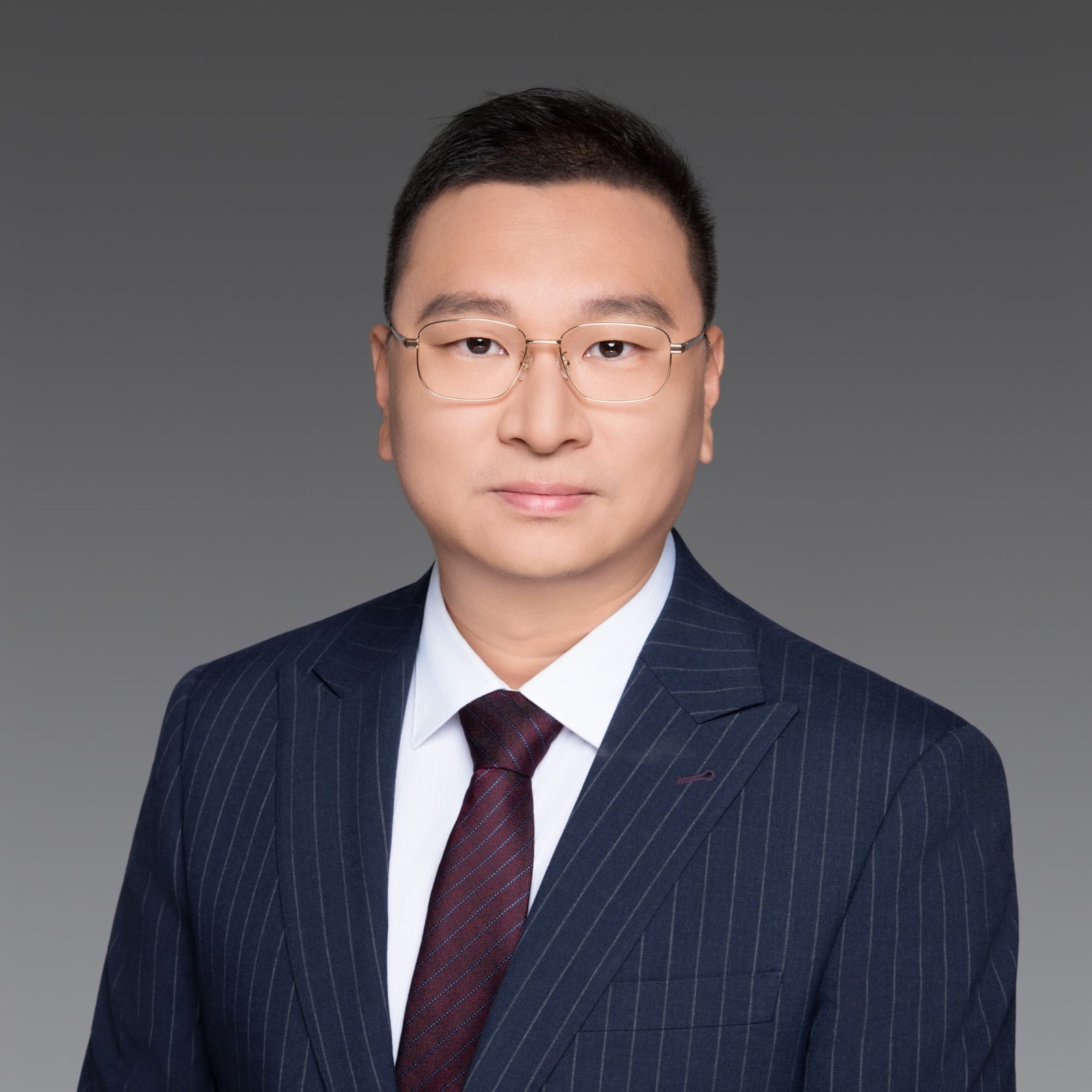
Professor
Supervisor of Doctorate Candidates
Supervisor of Master's Candidates
Open Time: ..
The Last Update Time: ..
Hits:
Indexed by:Journal Article
Date of Publication:2018-08-01
Journal:CHINESE JOURNAL OF CHEMICAL ENGINEERING
Included Journals:SCIE
Volume:26
Issue:8,SI
Page Number:1644-1652
ISSN:1004-9541
Key Words:Work exchange networks; Transshipment model; Adiabatic process; Exergy analysis; Isothermal process; Work cascade
Abstract:In this paper, an efficient methodology for synthesizing the indirect work exchange networks (WEN) considering isothermal process and adiabatic process respectively based on transshipment model is first proposed. In contrast with superstructure method, the transshipment model is easier to obtain the minimum utility consumption taken as the objective function and more convenient for us to attain the optimal network configuration for further minimizing the number of units. Different from division of temperature intervals in heat exchange networks, different pressure intervals are gained according to the maximum compression/expansion ratio in consideration of operating principles of indirect work exchangers and the characteristics of no pressure constraints for stream matches. The presented approach for WEN synthesis is a linear programming model applied to the isothermal process, but for indirect work exchange networks with adiabatic process, a nonlinear programming model needs establishing. Additionally, temperatures should be regarded as decision variables limited to the range between inlet and outlet temperatures in each sub-network. The constructed transshipment model can be solved first to get the minimum utility consumption and further to determine the minimum number of units by merging the adjacent pressure intervals on the basis of the proposed merging methods, which is proved to be effective through exergy analysis at the level of units structures. Finally, two cases are calculated to confirm it is dramatically feasible and effective that the optimal WEN configuration can be gained by the proposed method. (c) 2017 The Chemical Industry and Engineering Society of China, and Chemical Industry Press. All rights reserved.